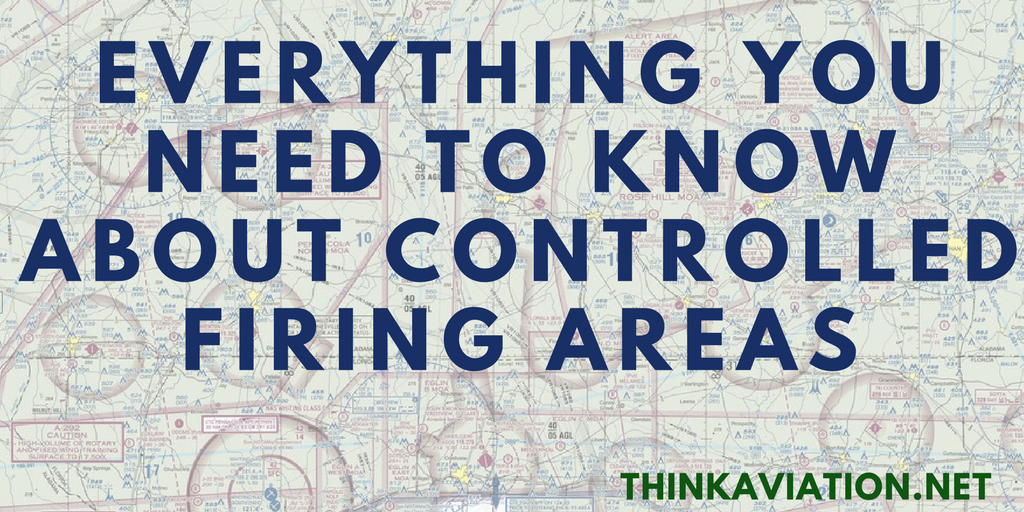
Controlled Firing Areas are one of the six special use airspaces. The special use airspaces are listed below:
- Prohibited areas (regulatory)
- Restricted areas (regulatory)
- Warning areas
- Military operation areas (MOAs)
- Alert areas
- Controlled Firing Areas (CFAs)
You can access all the different airspace types by clicking the blue links, but for now, let’s talk Controlled Firing Areas (CFAs).
The AIM defines a CFA as, “airspace designated to contain activities that if not conducted in a controlled environment would be hazardous to nonparticipating aircraft.”
Okay, great, but what does that actually mean?
CFAs are set up so people (military or civilian) can explode things on the ground or test rockets without having to limit the movement of aircraft with a TFR or permanent Restricted Area.
Here are some other interesting facts:
- They are never found in NOTAMs
- There are no dimensions
- They are not charted
- There is no controlling agency to contact (unlike Restricted Areas, Warning Areas, and MOAs)
- The most common uses are: ordnance disposal, blasting, and static testing of large rockets
- CFAs are not used for “aircraft ordnance delivery activities” (ie. shooting rockets off an Apache helicopter)
The best part:
All activity stops when the user spots an aircraft.
So really, in practical terms, you’ll never know if you are flying through or near a CFA.
You don’t need to do anything! Sweet. That’s it, seriously. But in case you want more…
Additional Reading
Controlled Firing Areas by the FAA
Do you want weekly tips and resources?
Subscribe to keep learning.